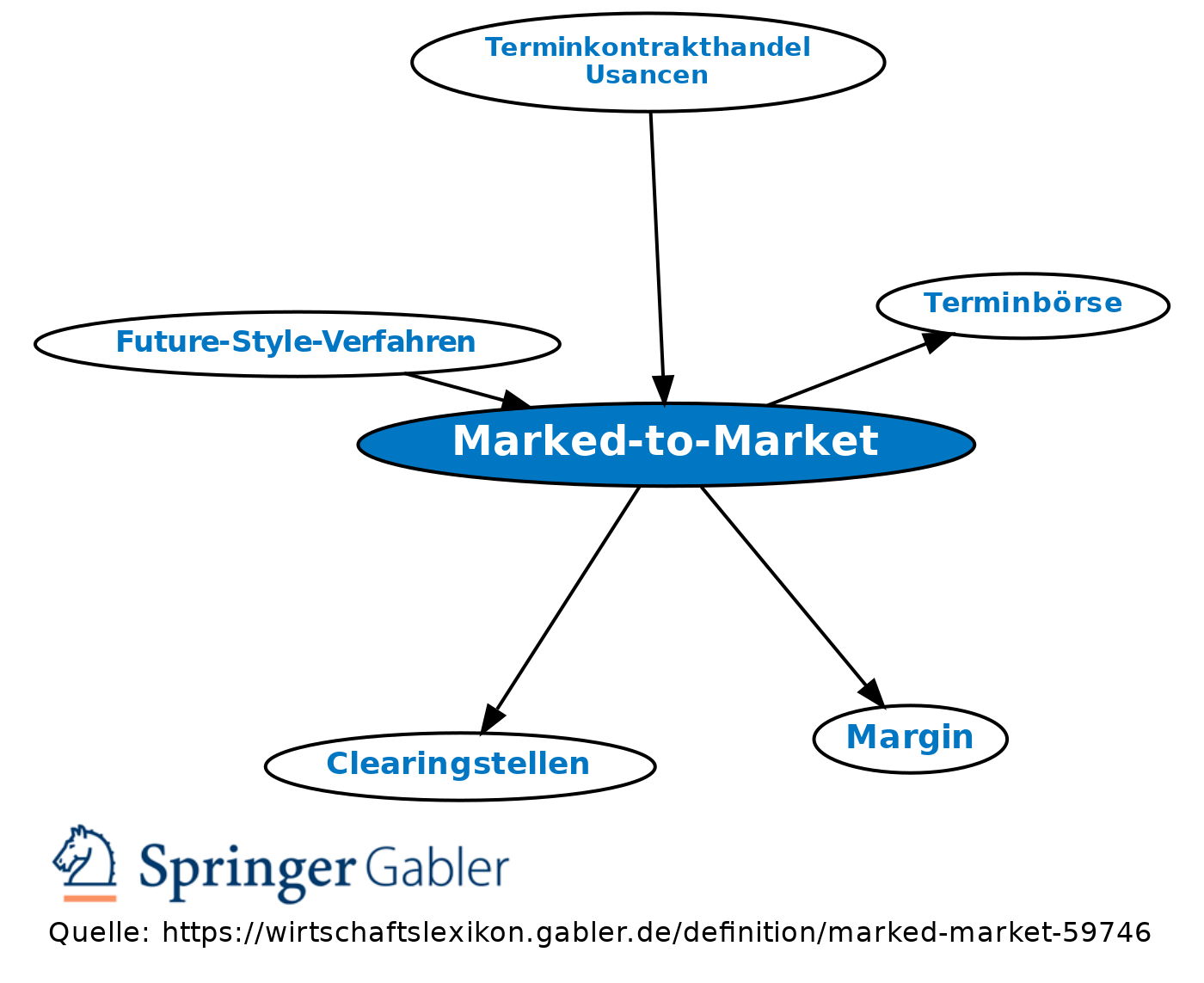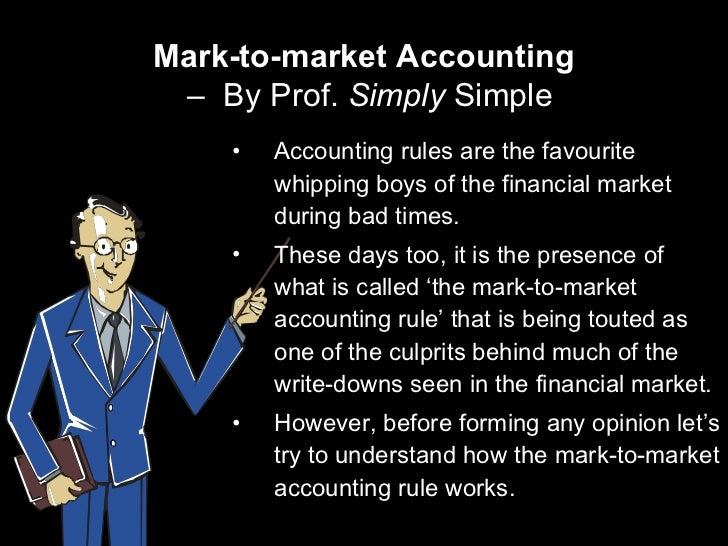
(redirected from Marked to Market)
Also found in: Acronyms.
Mark to Market
Under the Mark to Market rules, each section 1256 contract held at year end is treated as if it were sold at fair market value (FMV) on the last business day of the tax year. (wash sale rules don’t apply) Gains or losses on section 1256 contracts open at the end of the year (or terminated during the year) are treated as 60% long term and 40% short term, without regard to how long the contracts were held. Mark-to-market accounting, also referred to as “marked-to-market” accounting, is the procedure used to obtain the market value of assets and liabilities through daily revaluation rather than referring to. In other words, every position in the trader’s trading account is marked to market and is deemed to be sold at that price at the end of each year. As a result, traders must recognize all gains and losses on the constructive sales as of that date. No ad has been selected Note: This may be a major drawback to making the initial election. Mark to Market To record a change in the value of an asset or fund to reflect its current fair market value. Marking to market occurs on a daily basis and is used for a number of purposes. Notably, investors mark to market a portfolio or security to ensure that a margin account is meeting its minimum maintenance.
 Want to thank TFD for its existence? Tell a friend about us, add a link to this page, or visit the webmaster's page for free fun content.
Want to thank TFD for its existence? Tell a friend about us, add a link to this page, or visit the webmaster's page for free fun content. Link to this page:

Marked To Market Hud

What is Mark-to-Market?
One of the defining features of the futures markets is daily mark-to-market (MTM) prices on all contracts. The final daily settlement price for futures is the same for everyone.
Marked To Market Concept
MTM was a distinctive difference between futures and forwards until the regulatory reform enacted after the financial crises of 2007-2008. Prior to those reforms most OTC forwards and swaps did not have an official daily settlement price so clients never knew their daily variation except as described by a theoretical pricing model.
Futures markets have an official daily settlement price set by the exchange. While contracts may have slightly different closing and daily settlement formulas established by the exchange, the methodology is fully disclosed in the contract specifications and the exchange rulebook.
Example
Corn futures trade on CME Globex beginning the previous evening and officially settle for the day at 13:15 Central Time (CT). CME Group staff determine the daily settlement price of corn based on trading activity in the last minute of trading between 13:14:00 and 13:15:00.
E-mini S&P 500 futures trading on CME Globex begin trade the previous evening (CT) at 5:00 p.m. The final daily settlement price is determined by a volume-weighted average price (VWAP) of all trades executed in the full-sized, floor-traded (the Big) futures contract and the E-mini futures contract for the designated lead month contract between 15:14:30 and 15:15:00 CT. The combined VWAP for the designated lead month is then rounded to the nearest 0.10 index point. This contract then remains closed for fifteen minutes between 15:15:00 and 15:30:00 and then resumes trading until 16:00:00 (4:00 p.m. CT) when CME Globex shuts down for one hour.
U.S. Treasury futures begin trading on CME Globex at 5:00 p.m. CT and will trade through the next day until 4:00 p.m. CT. However, the daily settlement price is established by CME Group staff based on trading activity on CME Globex between 13:59:30 and 14:00:00 CT.
In order to fully appreciate a futures contract’s final daily settlement price one needs to know the settlement procedures defined in the contract’s specifications.
Once a futures contract’s final daily settlement price is established the back-office functions of trade reporting, daily profit/loss, and, if required, margin adjustment is made. In the futures markets, losers pay winners every day. This means no account losses are carried forward but must be cleared up every day. The dollar difference from the previous day’s settlement price to today’s settlement price determines the profit or loss. If my daily loss results in my net equity falling below exchange established margin levels I will be required to provide additional financial resources to replenish the amount back to required levels or risk liquidation of my position.

Mark-to-market enforces the daily discipline of exchanges profit and loss between open futures positions eliminating any loss or profit carry forwards that might endanger the clearinghouse. Having one final daily settlement for all means every open position is treated equally. By publishing these daily settlement values the exchange provides a great service to commercial and speculative users of the futures markets and the underlying markets they derive their price from.
